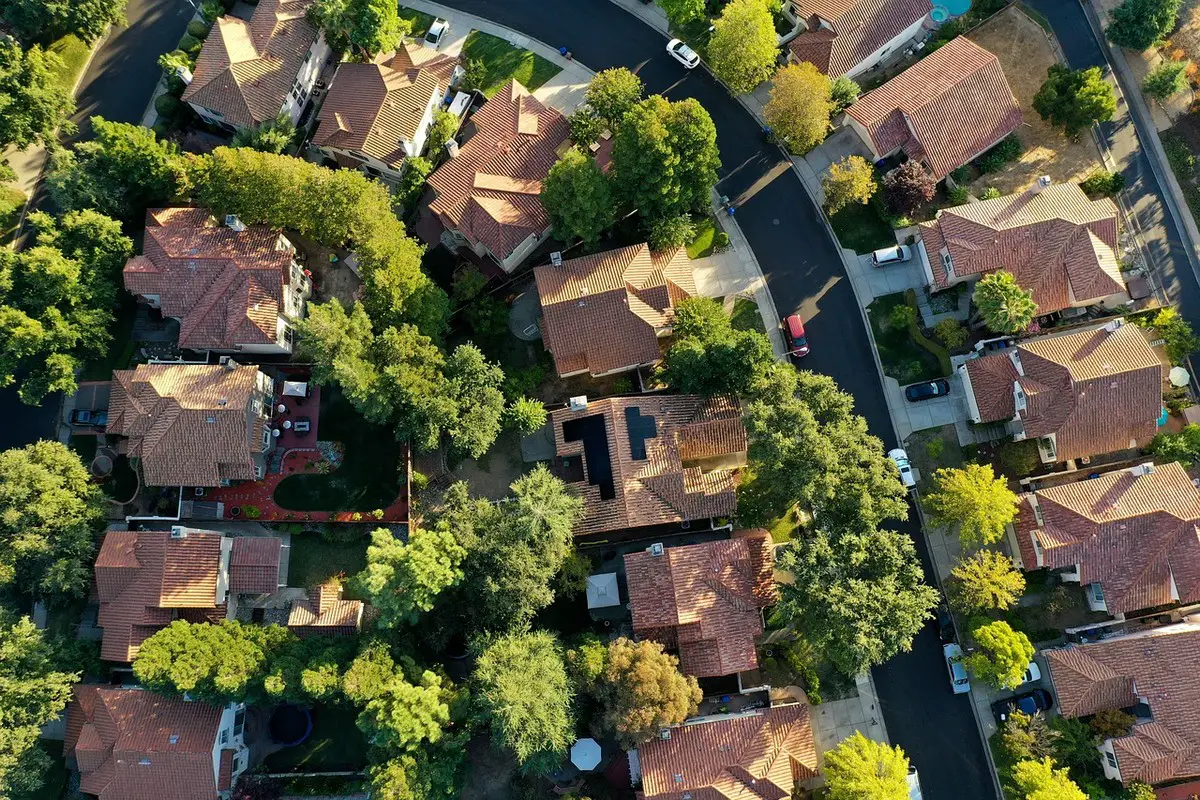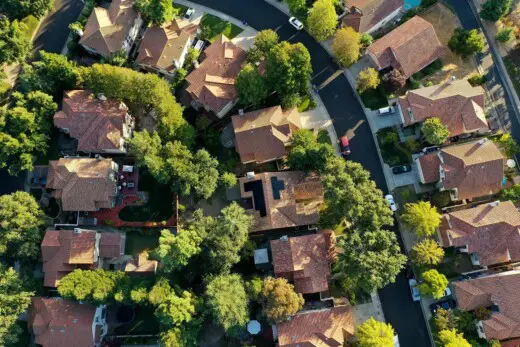The future is green: 6 tips for sustainable living, Eco architecture design, Environmental property development
The Future Is Green: 6 Tips for Sustainable Living
9 Oct 2023
The need for sustainable living has never been stronger in a society that is becoming more conscious of its effects on the environment. It is our collective responsibility to take action and pave the road for a greener, more sustainable future as our world faces escalating ecological difficulties.
Living sustainably entails adopting decisions that minimize our carbon footprint, save resources, and advance the welfare of both people and the environment. This blog post will look at six doable sustainable living suggestions that anyone may apply to their daily lives. These tactics, which range from maintaining clean water supplies to adopting renewable energy, will not only assist in protecting the environment but also result in a more contented and thoughtful life.
Conserving Clean Water Resources
Clean water is one of our most precious resources, essential for life itself. Yet, access to safe and clean water is a luxury not enjoyed by everyone. To support sustainable living, we must prioritize water conservation and hygiene services. This starts with being mindful of our daily water consumption.
Simple measures like fixing leaks, using low-flow fixtures, and turning off the tap while brushing your teeth can collectively make a significant impact. Additionally, consider investing in rainwater harvesting systems to collect and utilize rainwater for non-potable purposes like watering plants or flushing toilets. You can also consider getting water hygiene services and that way improve water even more. By adopting these practices, you not only reduce your water bill but also contribute to safeguarding clean water resources for future generations.
Reduce, Reuse, Recycle
The age-old adage of “reduce, reuse, recycle” remains a cornerstone of sustainable living. Reducing waste starts with conscious consumption. Before making a purchase, ask yourself if you truly need the item or if it can serve multiple purposes. Opt for products with minimal packaging to reduce unnecessary waste.
Reusing items whenever possible can significantly cut down on the amount of waste that ends up in landfills. Consider repurposing old furniture, clothing, or household items, and support secondhand markets like thrift stores and online resale platforms. Finally, recycling properly is crucial to ensure that materials like paper, cardboard, glass, and plastic find their way into the recycling stream rather than being discarded as trash.
Embrace Renewable Energy Sources
Transitioning to renewable energy sources is a pivotal step towards a sustainable future. Fossil fuels have been the primary driver of climate change and environmental degradation, making it imperative that we shift our energy production methods.
Solar panels and wind turbines are becoming more accessible and affordable, allowing homeowners to harness clean energy from the sun and wind. Installing solar panels not only reduces your carbon footprint but also leads to long-term savings on your energy bills. Moreover, supporting renewable energy initiatives and advocating for clean energy policies at local and national levels can accelerate the transition to a greener energy landscape.
Sustainable Transportation
Sustainable transportation represents a fundamental shift in how we move people and goods, aiming to minimize the environmental impact of our journeys. Traditional modes of transportation heavily rely on fossil fuels, contributing significantly to air pollution and greenhouse gas emissions. Sustainable transportation, on the other hand, encompasses a wide range of eco-friendly alternatives that promote environmental conservation and public well-being. One of the key aspects of sustainable transportation is promoting active modes such as cycling and walking.
These modes not only reduce emissions but also encourage healthier lifestyles and create vibrant, pedestrian-friendly communities. Additionally, public transit systems play a pivotal role in sustainable transportation by efficiently moving a large number of people using fewer vehicles. Investing in well-connected and accessible public transportation networks encourages people to leave their cars at home, reducing traffic congestion and emissions.
Furthermore, the rise of electric vehicles (EVs) has revolutionized the automotive industry. Electric cars produce zero tailpipe emissions and, when charged with renewable energy sources, can significantly lower the overall carbon footprint of transportation. Moreover, car-sharing services and ride-sharing platforms optimize vehicle use, reducing the need for individual car ownership and the associated environmental impacts.
Mindful Consumption
Mindful consumption is more than just a trend; it’s a fundamental shift in the way we interact with the world around us. It entails a deliberate and conscientious approach to what we buy, how we use resources, and the impact our choices have on the planet. At its core, mindful consumption is about making informed decisions that align with our values and the greater good of the environment.
It involves considering the entire lifecycle of products, from production and transportation to disposal, and evaluating the environmental and social implications at each stage. By prioritizing quality over quantity, supporting sustainable and ethical brands, and reducing waste through conscious choices, we not only reduce our ecological footprints but also set an example for others to follow. Mindful consumption is a powerful tool in the quest for sustainability, and it empowers individuals to be part of the solution, fostering a deeper connection between people and the planet.
Advocate for Change
Advocating for change is a potent catalyst in the journey towards a sustainable future. While individual actions are crucial, they can be amplified and accelerated when combined with collective efforts and a commitment to driving systemic change. Engaging with your community, whether through local environmental organizations or grassroots initiatives, can foster a sense of unity and purpose. By collaborating with like-minded individuals, you can learn from one another, share ideas, and tackle sustainability challenges on a larger scale.
Beyond local involvement, it’s essential to lend your voice to broader causes. Participate in public demonstrations, sign petitions, and engage with policymakers to push for environmentally friendly legislation and policies. Your influence extends beyond your immediate surroundings; it can shape the direction of your city, region, or even your country toward a greener, more sustainable path. Moreover, educating yourself about sustainability issues and staying informed about current environmental developments empowers you to be an effective advocate, equipped with knowledge to support your cause.
Sustainable living is not a mere trend; it’s a vital necessity in the face of global environmental challenges. By conserving clean water resources, practicing the three Rs (reduce, reuse, recycle), embracing renewable energy sources, adopting sustainable transportation options, practicing mindful consumption, and advocating for change, we can all contribute to a greener, more sustainable future. Remember that small actions can lead to significant impacts when taken collectively. Let us all strive to make sustainable living a way of life and ensure that the future truly is green.
Comments for this The Future Is Green: 6 Tips for Sustainable Living article are welcome.
Building Design
New Homes
Artisan Real Estate Developments
Artisan Real Estate Sustainable Homes
Property Developments
Architecture Developments
Springside Quarter Fountainbridge
Comments / photos for The Future Is Green: 6 Tips for Sustainable Living page are welcome.





